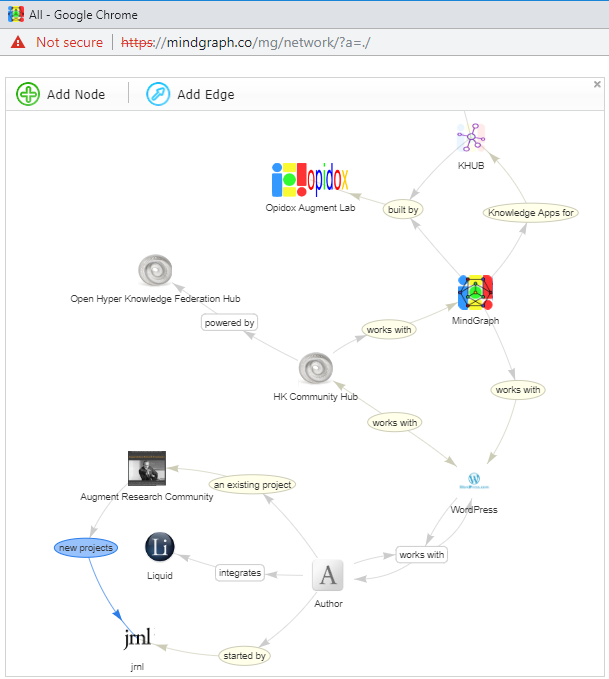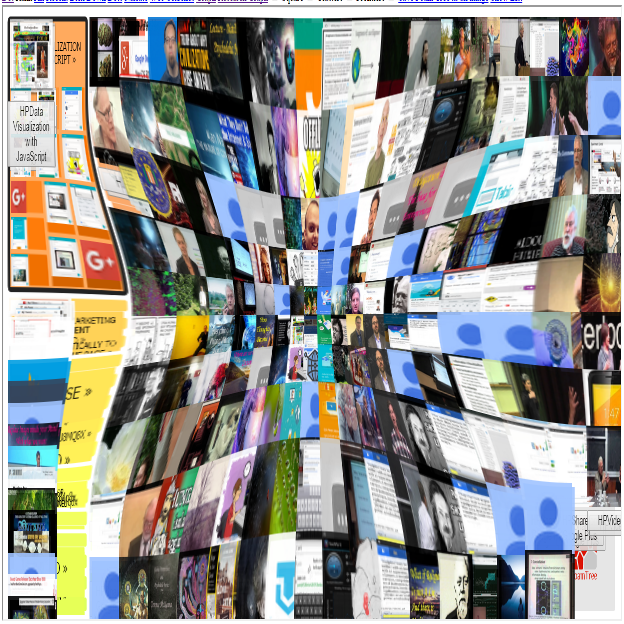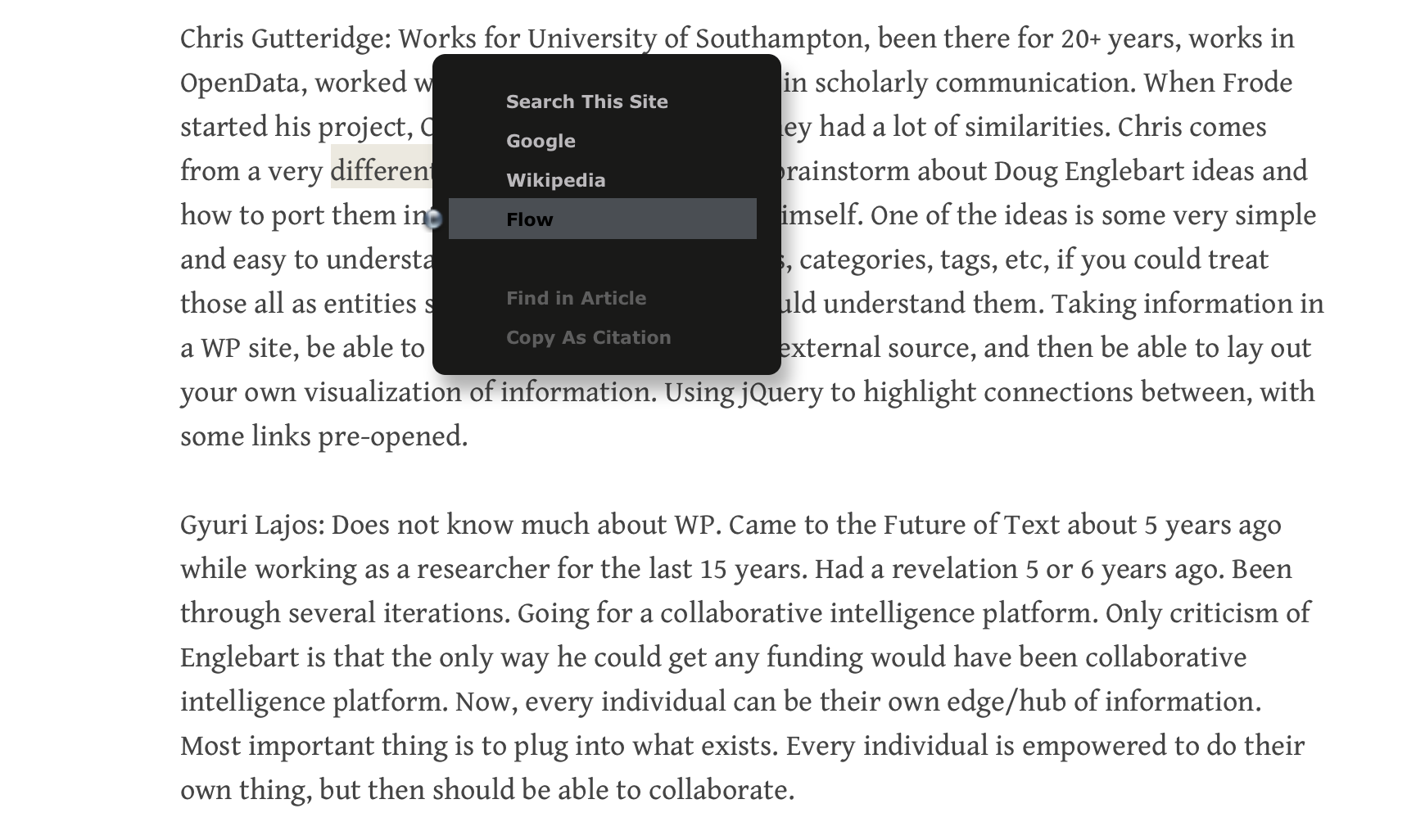When presenting the keynote address at the World Library Summit in Singapore in 2002, Doug Engelbart remarked on his impression of the computer when he first came across it. This was in the era when computers were still used simply to compute, to crunch numbers. He said: symbols “I saw that we have a tool that does not just move earth or bend steel, but we have a tool that actually can manipulate symbols and, even more importantly, portray symbols in new ways, so that we can interact with them and learn. We have a tool that radically extends our capabilities in the very area that makes us most human,…
-
-
Draft 2 for ‘symbol manipulation session’
When presenting the keynote address at the World Library Summit in Singapore in 2002, Doug Engelbart remarked on his impression of the computer when he first came across it. This was in the era when computers were still used simply to compute, to crunch numbers. He said: symbols “I saw that we have a tool that does not just move earth or bend steel, but we have a tool that actually can manipulate symbols and, even more importantly, portray symbols in new ways, so that we can interact with them and learn. We have a tool that radically extends our capabilities in the very area that makes us most human,…
-
jrnl High Resolution Addressing Implementation
I think the notion of addressing is key for much of the interactions we should build and I have written on it all over the place, particularly on the site http://symbolspace.info where I discuss connections and addressability as aspects of the same thing. For our jrnl project a high priority is to implement stable way where a reader can cite text in a blog post and have a high expectation that when cited in another blog post or other document, when a subsequent reader chooses to access the citation source, that it will automatically be indicated on the article. An important part of this is the use of the high…
-
Component overview
In response to recent email discussion, I would suggest the following as independent components, or wordpress plugins to develop, but in a way which they plan nice with eacth other. Please feel free to comment and/or copy and do your own list for discussion, I am just throwing this out here. There is a lot to do in the future, as listed on the thefutureoftext.org/jrnl-components-to-build.html page but this seems like our start: Timeline View Search Component. Chris adds: ”a way to refer to WP elements in a standardised way and an API to query those with a very light graph querying system that could be replaced later” View Component with…
-
Implicit Linking
Let users select any arbitrary text and perform searches based on the text, such as we have experimented with for Liquid | Flow and in wordpress here wordpress.liquid.info both of which are already developed and owned by us. A blog post with illustration of the blue dot. This is a Doug Engelbart Term. https://www.theguardian.com/technology/2004/nov/18/onlinesupplement jrnl post Category: Implicit Linking










